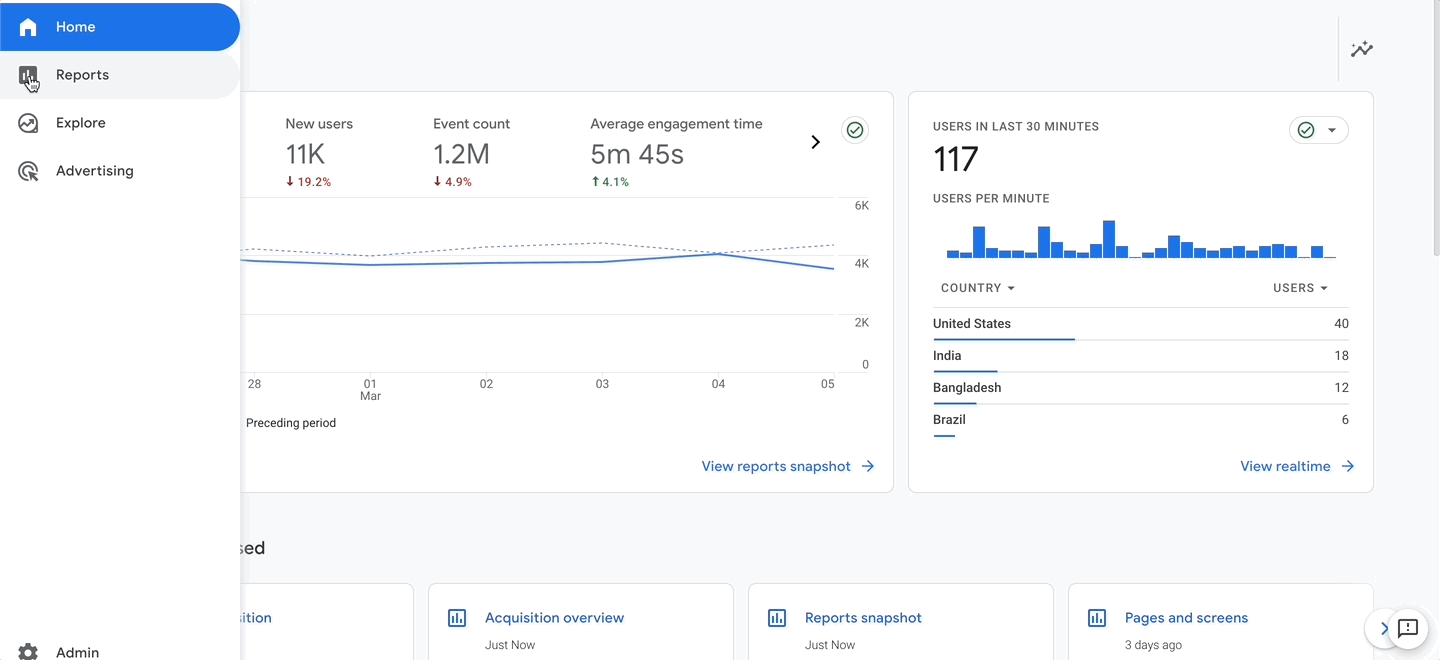Opening the Power of Additional Dimension Analytics for Boosted Information Insights and Decision-Making
In the world of data analytics, key measurements often take the spotlight, however the true depth of insights exists within the realm of secondary dimensions. By using the power of secondary measurement analytics, companies can introduce concealed fads, reveal correlations, and essence much more significant final thoughts from their information.
Significance of Second Measurements
Checking out the relevance of second measurements in analytics unveils the concealed layers of data insights vital for informed decision-making in various domain names. Secondary dimensions provide a much deeper understanding of primary data by offering extra context and viewpoints. By integrating secondary dimensions into analytics, companies can draw out extra comprehensive and nuanced understandings from their datasets.
One secret relevance of second measurements is their capability to sector and categorize primary data, enabling for an extra detailed analysis of details subsets within a dataset. When looking at the information as a whole, this division allows companies to identify patterns, patterns, and outliers that might not be noticeable. Additional dimensions aid in revealing correlations and dependences in between various variables, leading to more precise forecasting and anticipating modeling - secondary dimension.
Furthermore, second measurements play a critical function in enhancing data visualization and reporting. By including additional measurements to visualizations, such as graphes or graphs, experts can create more informative and useful depictions of data, promoting better interaction of findings to stakeholders. On the whole, the integration of second dimensions in analytics contributes in opening the full possibility of information and driving evidence-based decision-making.
Trick Benefits of Utilizing Second Measurements
Utilizing second dimensions in analytics supplies companies a strategic advantage by enhancing the depth and granularity of data insights. One essential advantage of incorporating additional measurements is the ability to segment and filter data, enabling a much more thorough evaluation of specific aspects within a dataset. This division enables companies to get a much more nuanced understanding of their target market, efficiency metrics, and various other vital information factors. By exploring data utilizing secondary measurements such as time, area, gadget kind, or individual demographics, companies can uncover patterns, trends, and correlations that may or else remain hidden.
In addition, the application of second dimensions improves the context in which primary data is translated. By leveraging secondary dimensions in analytics, companies can harness the complete capacity of their data to drive much better decision-making and attain their organization goals.
Advanced Information Evaluation Methods
A deep dive into sophisticated information analysis methods reveals innovative techniques for extracting beneficial understandings from complex datasets. One such strategy is equipment discovering, where formulas are used to recognize patterns within information, anticipate end results, and make data-driven decisions. This approach enables the automation of analytical design building, making it possible for the handling of large quantities of information at a quicker speed than traditional techniques.
One more sophisticated technique is anticipating analytics, which uses analytical formulas and machine discovering strategies to forecast future results based upon historic information. By assessing patterns and fads, organizations can expect consumer habits, market patterns, and potential threats, equipping them to make positive choices.
Additionally, text mining and view evaluation are useful techniques for drawing out understandings from disorganized information resources such as social networks comments, consumer testimonials, and survey responses. By evaluating message information, companies can comprehend consumer point of views, identify emerging patterns, and improve their services or products based on responses.
Enhancing Decision-Making Via Second Measurements

Enhancing decision-making with secondary measurements makes it possible for services to make more notified and targeted critical choices. By segmenting consumer data based on secondary measurements like acquiring background or interaction levels, companies can customize their marketing approaches to specific audience segments, leading to enhanced conversion prices and customer fulfillment. Furthermore, additional dimensions can help determine relationships and partnerships between different variables, making it possible for companies to make data-driven decisions that drive growth and success.
Implementing Additional Measurement Analytics
When incorporating secondary dimensions in analytics, companies can have a peek at this site unlock much deeper understandings that drive calculated decision-making and enhance total efficiency. This entails comprehending the particular questions the organization seeks to answer and the information factors required to address them.

Furthermore, organizations must leverage progressed analytics tools and innovations to enhance the process of integrating additional measurements. These tools can automate information processing, evaluation, and visualization, allowing companies to concentrate on analyzing insights instead of manual data adjustment.
Final Thought
In verdict, additional dimension analytics play a crucial duty in boosting information insights and decision-making processes. By utilizing advanced information evaluation strategies and applying additional dimensions properly, companies can open the power of their information to drive tactical service decisions.
In the realm of data analytics, primary measurements typically take the limelight, yet the true depth of understandings lies within the world of additional measurements.Making use of additional measurements in analytics provides companies a critical advantage by enhancing the deepness and granularity of information understandings. By leveraging second dimensions in analytics, companies can harness the complete potential of their information to drive much better decision-making and achieve their company goals.
Carrying out data recognition procedures and normal audits can help preserve data top quality and dependability.
By making use of innovative information analysis methods and applying additional dimensions successfully, organizations can look at this web-site open the power of their data to drive tactical company decisions.